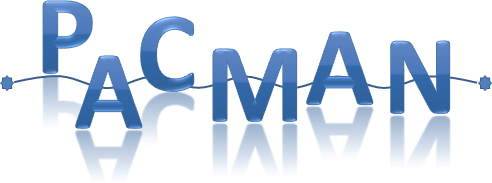Speaker
Summary
The retroreflecting targets of light beam are used in interferometers, laser trackers, and alignment systems. The most common mirror retroreflectors have one principal disadvantage of application - the possibility to work at only one angle of incidence. Different types of reflectors are utilized for wide angle range measurements;: open-air comer cubes with an acceptance angle of 20°, corner cube prisms with an acceptance angle of 50°, and a Cat’s eyes with an acceptance angle of 60°. Best measurement results can be achieved by using an open-air corner cube that eliminates the need for the laser beam to travel through a different medium before it returns to the instrument detector. However, these retroreflectors still use a small acceptance angle, and can’t be applied for measurement from all directions. The glass balls with high refractive index, very close to 2, can eliminate this problem. They can be placed anywhere with high precision, and can be illuminated and observed from all directions. But beside these advantages they have some drawbacks too, so the interpretation of results of position and movement measurement is not trivial, especially for the coherent light. Theoretical analysis, optical simulation and experimental results, both for coherent and incoherent light, are presented to help explain this observed optical phenomenon.
